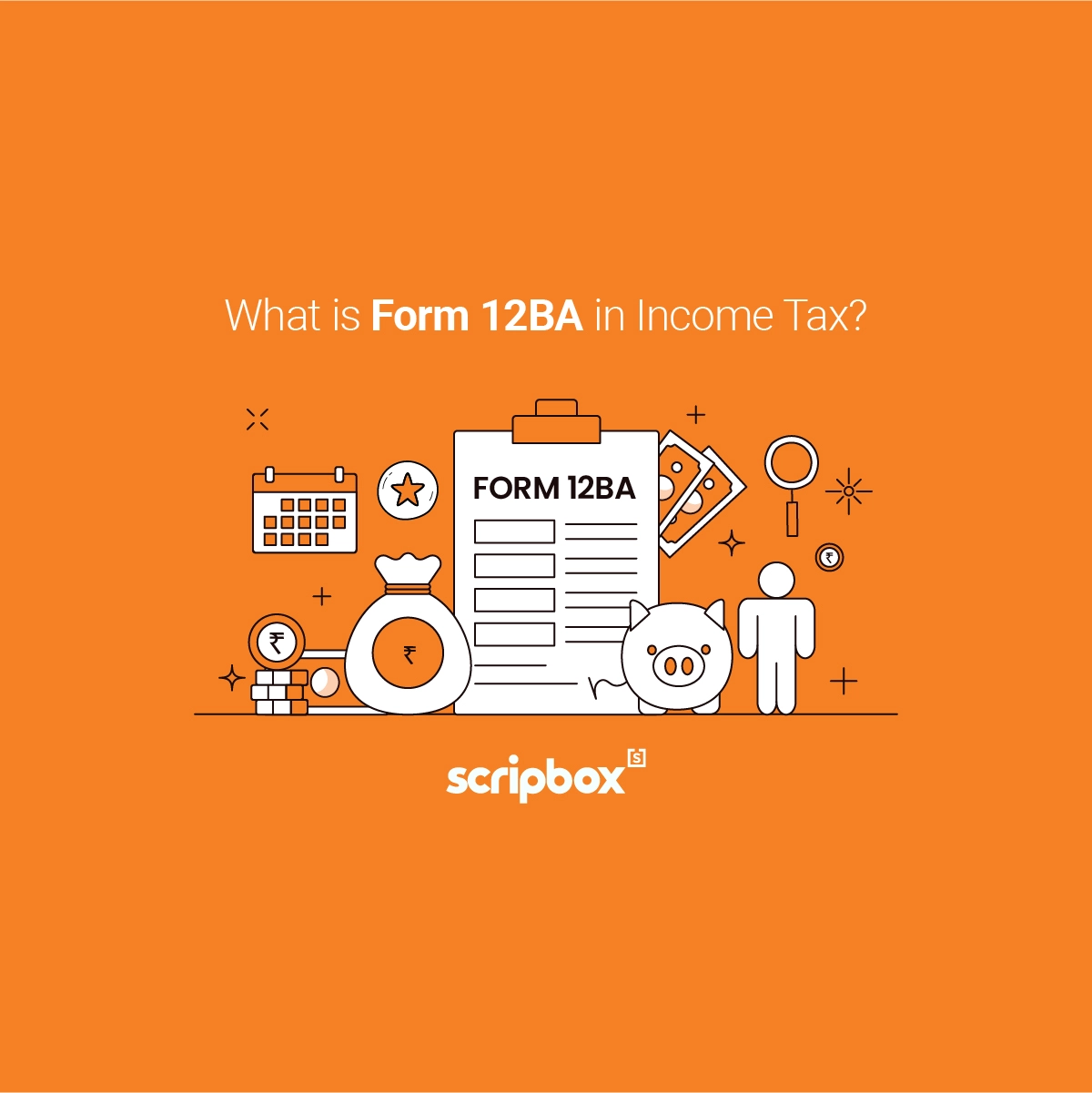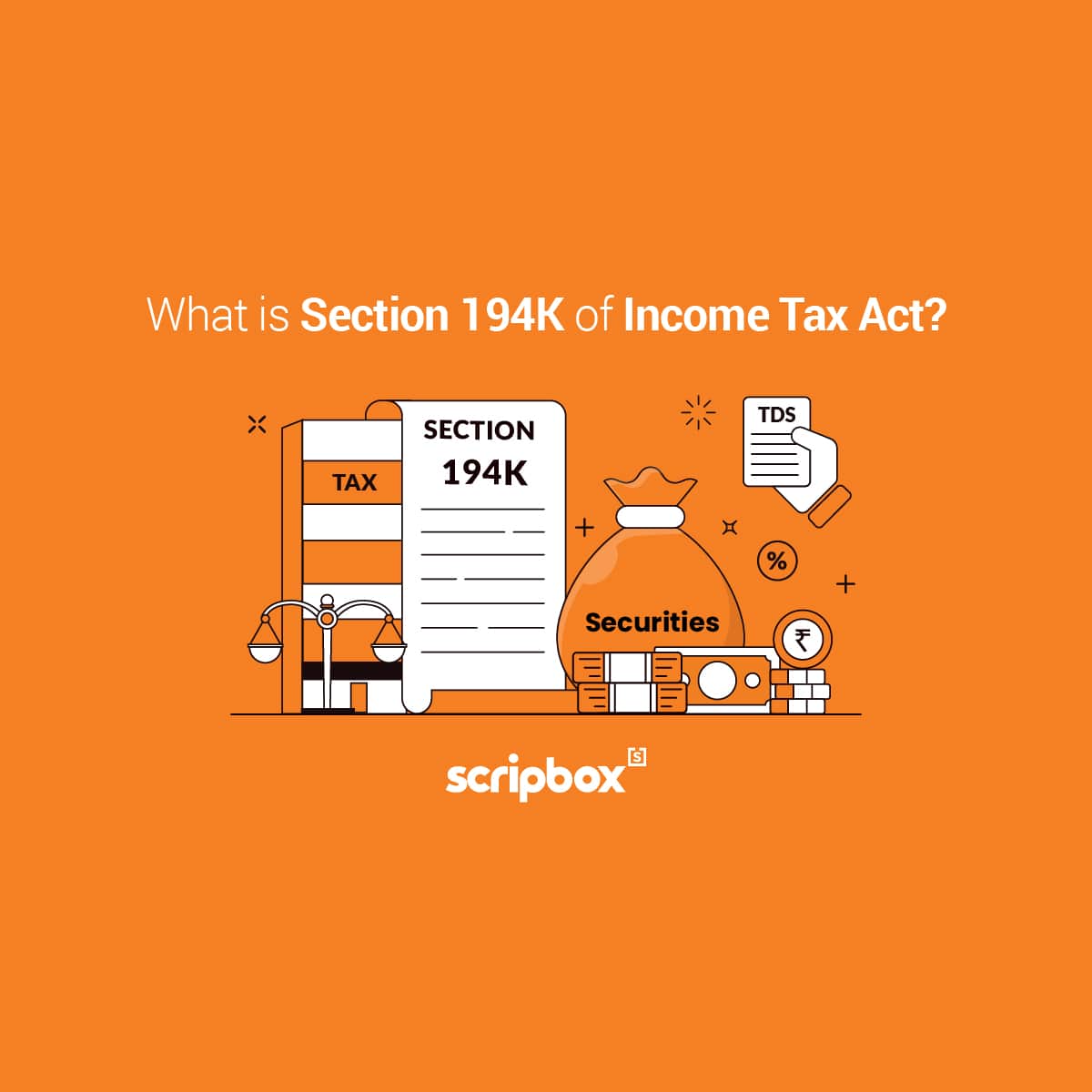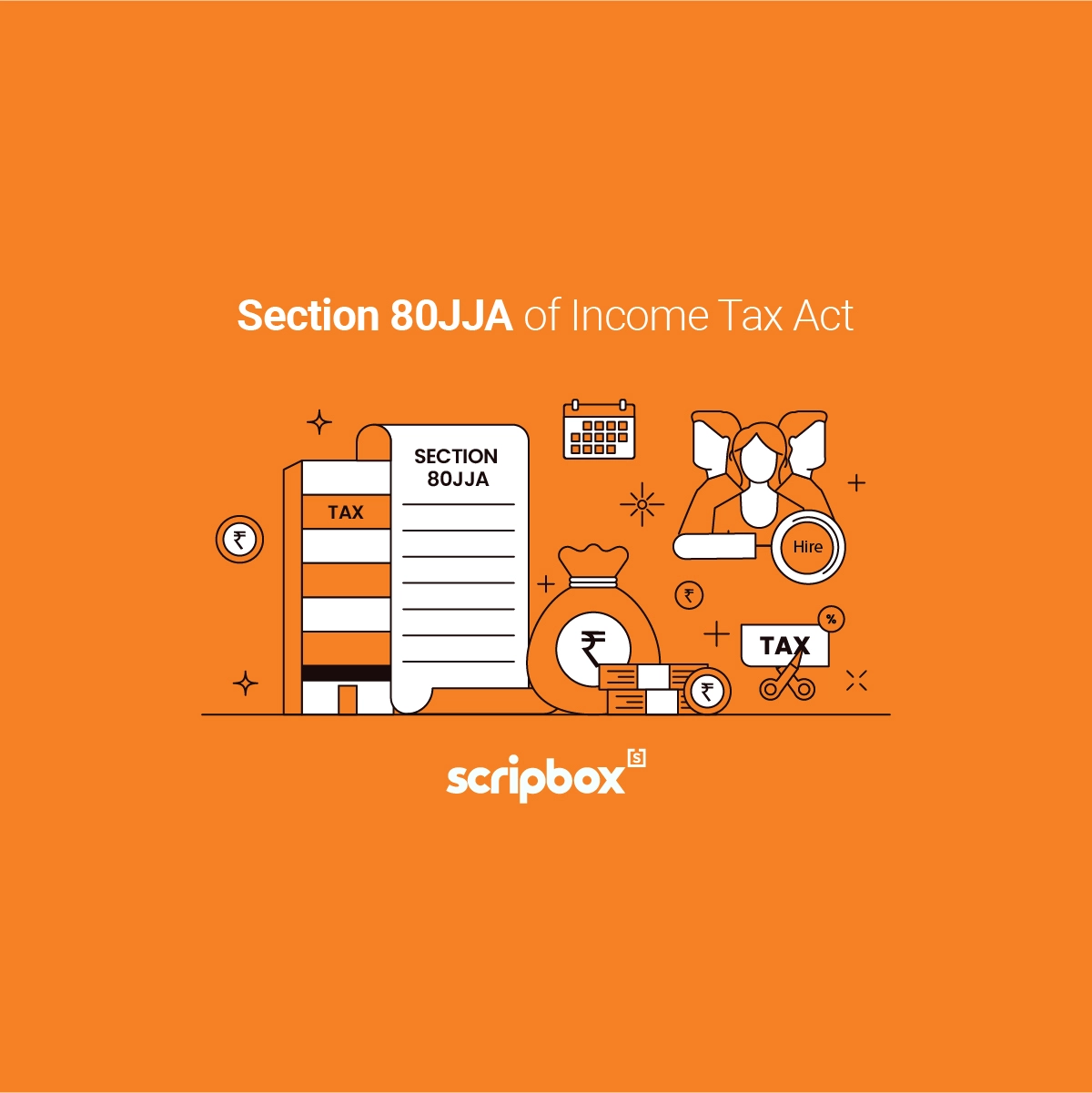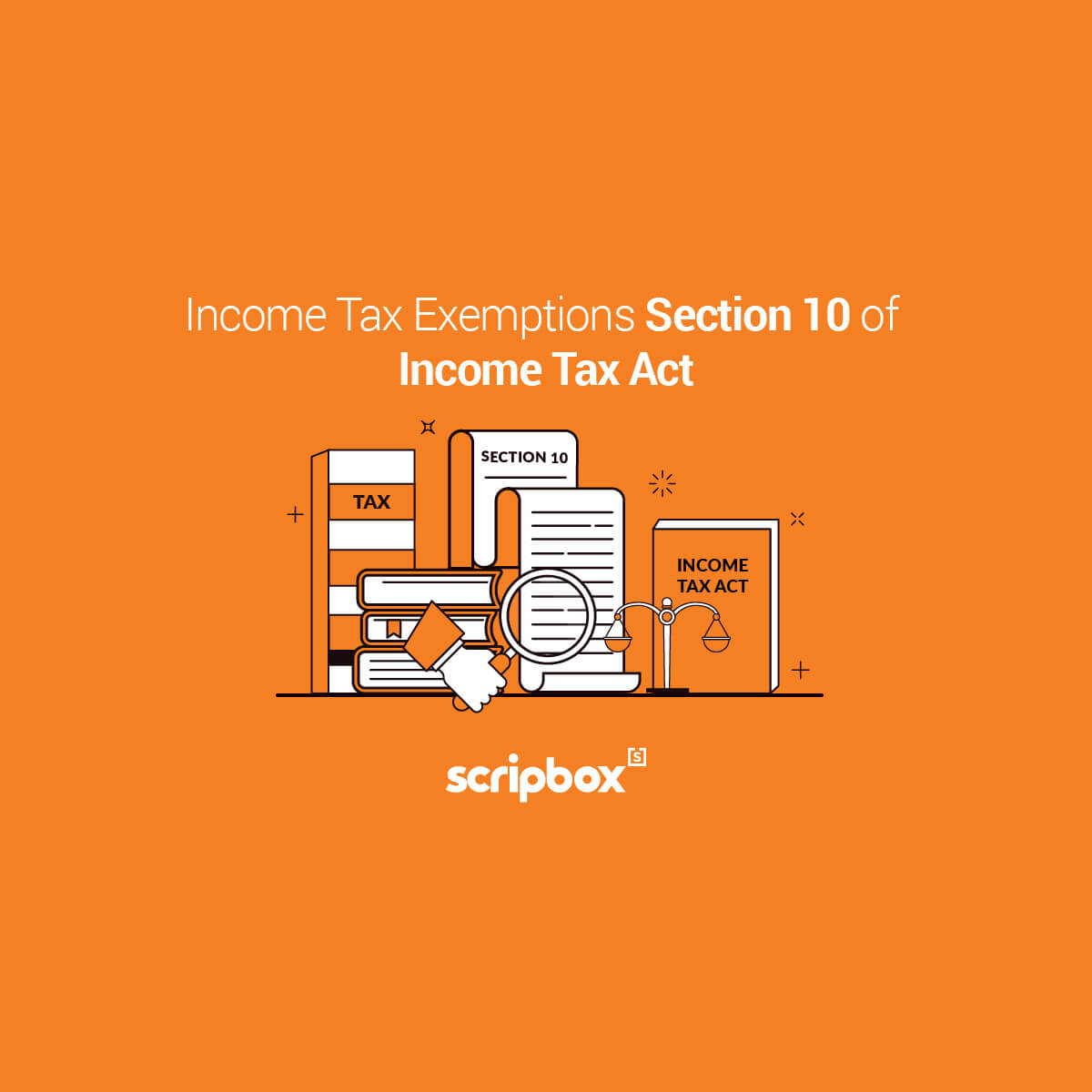Similar to TDS, many transactions require Tax Collected at Source (TCS) at the prescribed rate against the type of goods sold. The Income Tax Department mandates every taxpayer to furnish their PAN to the collector of TCS. This is simply because if the taxpayer does not quote the PAN then the department will not be able to relate the transaction with the taxpayer.
The TCS collected will not be reflected in their Form 26AS as a tax credit. The tax collector will have to deduct a tax at a higher rate. In order to avoid the hassle for the department, tax collector, and the taxpayer the Income Tax Act, 1961 mandates furnishing of the PAN. The Income Tax Act, 1961 attempts to encourage compliance by levying a higher TCS rate for any failure. In this article, we have covered the scope of section 206CC, TCS rate, and the applicability of lower collection certificates.
What is Tax Collected at Source (TCS)?
Every person who is a seller must collect TCS from the buyer at the time of debiting of the amount payable by the buyer. For example- if the purchase price of a good is Rs 10,000. The applicable TCS rate is 1%. The seller will collect TCS from the buyer and pay to the credit of the central government. Hence, to collect TCS the seller will send an invoice to the buyer for Rs 10,100 (Rs 10,000 plus 1% TCS).
What is Section 206CC?
Section 206CC mandates furnishing of PAN for every taxpayer who is a buyer to the seller who is responsible for collecting the TCS. If the buyer fails to provide their PAN then a higher TCS rate will be applicable. Section 206CC is applicable to a resident taxpayer as well as a non-resident taxpayer.
Rate of TCS Under Section 206CC
If the buyer fails to furnish their PAN to the seller then a higher of the following TCS rate will be applicable:
- at twice the rate specified in section 206C or
- at the rate of 5%.
Illustration
Miss Puja buys scrap goods worth Rs 50,000 from Miss Rani. Miss Puja is the buyer and Miss Rani is the seller. The sale of scrap attracts a TCS of 1%. Miss Puja is responsible for furnishing her PAN to Miss Rani. She fails to furnish her PAN to the seller. Section 206CC is applicable due to this failure. Hence the higher of the following rate is applicable:
- 2% (at twice the rate specified in section 206C, i.e. 1%*2); or
- at the rate of 5%.
Hence, the applicable TCS rate is 5%
Things To Remember
- The seller and buyer must quote their PAN in all correspondence, bills, vouchers and other documents exchanged between them.
- Section 206CC is not applicable to non-residents who do not have a permanent establishment in India. A permanent establishment in India is a fixed place of business from where the establishment carries on business either partially or entirely.
- If the PAN furnished by the buyer turns out to be invalid, incorrect, or does not belong to the buyer then it shall be deemed that the buyer has not furnished the PAN at all. Hence, section 206CC will be applicable.
- If the assessing officer is satisfied that the total income of the buyer is less and a lower TCS rate is justifiable then the AO can grant a lower or nil TCS rate. The assessing officer will issue a lower or nil collection certificate in the name of the buyer only if a valid PAN is furnished. However, if the PAN is invalid, incorrect, or does not belong to the buyer then the certificate will be invalid.
- The buyer can provide a declaration to the seller that the purchased goods are being used for the purposes of manufacturing, processing, or producing articles or things or for the purposes of generation of power and not for trading purposes. Hence, the seller will not collect TCS. However, if the PAN is not furnished in such a declaration then such declaration will be invalid. Hence, section 206CC will be applicable and TCS will be collected at a higher rate.

















Show comments